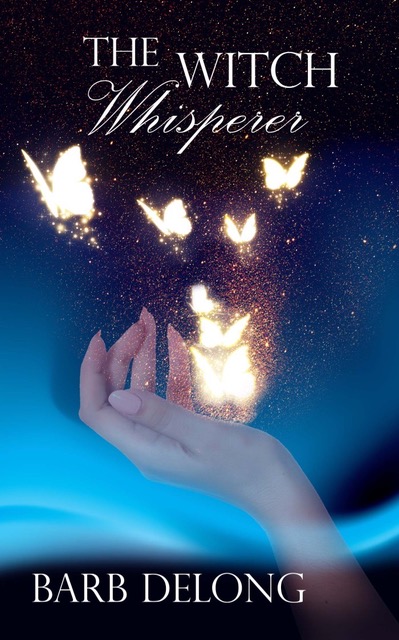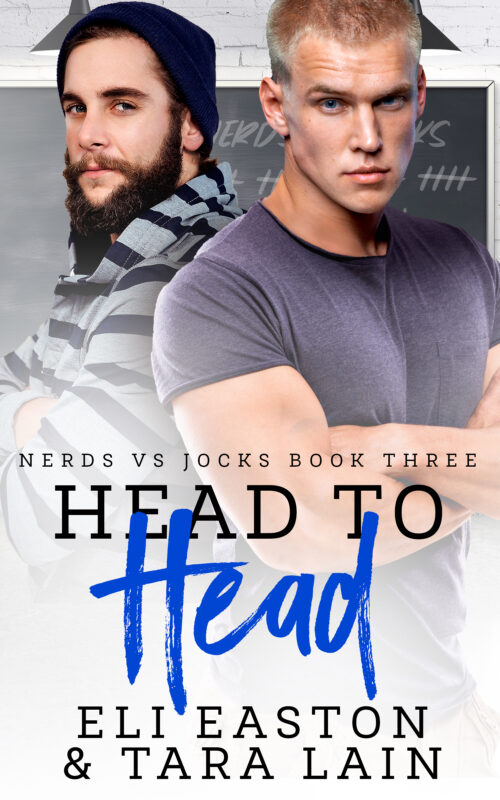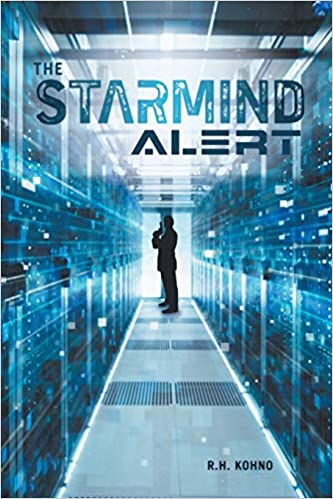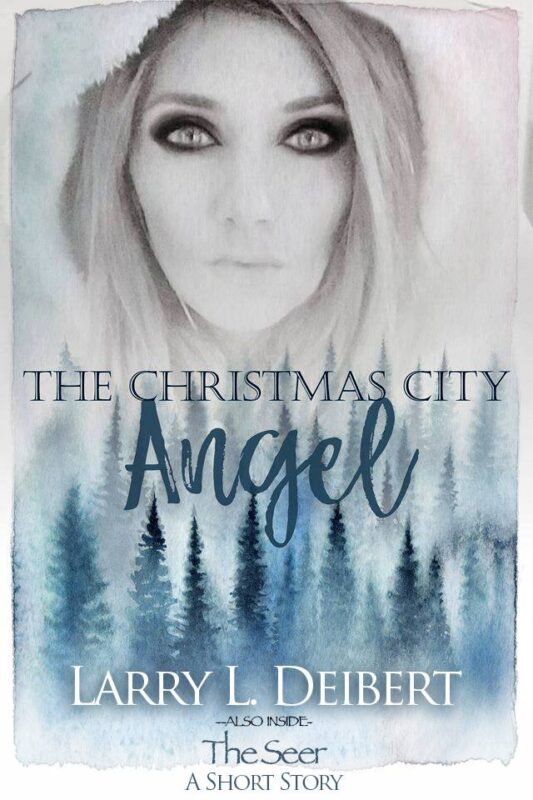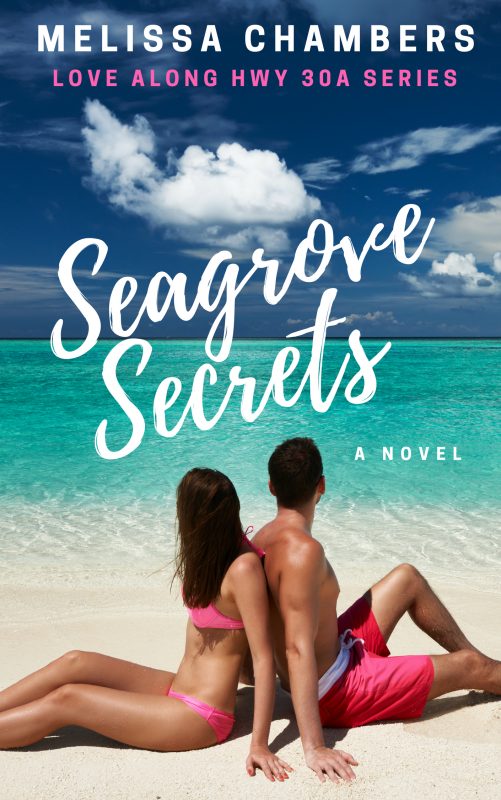Craft: Mastering the Story’s Beginning
September 13, 2024 by Bethlehem Writers Group in category From a Cabin in the Woods by Members of Bethlehem Writers Group tagged as Beginnings, Craft, engaging openings
Techniques for Engaging Openings
Once upon a time may work for fables, but choosing the right place for a story to ensnare readers is every writer’s worry.
The key is to hook them from the first paragraph. The following are a few ways to keep the pages turning. Setting the Scene creates a vivid picture to draw readers into the narrative, making them feel as though they are part of the story:
The courtroom was a hive of activity. The smell of polished wood and the rustle of papers filled the air as the jury filed in, their faces a mix of curiosity and solemnity.
Much of what works best has to do with the genre. Fiction readers enjoy imagery or action to engage and generate the narrative. Imagery is the use of descriptive language that engages the reader’s senses to create vivid mental pictures and evoke sensory experiences making the scenes, characters, and emotions more tangible and immersive.
Imagery in nonfiction writing makes real events, facts, and concepts more vivid and engaging for the reader. It can bring descriptions of people and places to life, making them more memorable and impactful. A Question or Statistic Lead might be your answer to a best-seller.
A Descriptive or Imagery Lead uses vivid descriptions to paint a picture and draw readers into the scene:
The morning sun casts a golden glow over the bustling farmers’ market. Stalls overflowed with vibrant fruits and vegetables, their colors a feast for the eyes. The air was filled with the scent of fresh bread and the sound of cheerful chatter.
Here are some examples of imagery:
Visual: The morning sun cast a golden glow over the bustling farmers’ market.
Auditory: The rumbling sound of load on load of apples coming in.
Olfactory: The air was filled with the scent of fresh bread.
Gustatory: Her lips tasted as sweet as sugar.
Tactile describes textures and physical sensations: The kitten’s fur felt like a velvet curtain.
Kinesthetic: I feel the ladder sway as the boughs bend.
Organic is about internal sensations, like hunger, thirst, fatigue, or emotions: A pang of anxiety tightened her chest.
Using sensory details can help simplify and clarify complex ideas:
Imagine the brain as a bustling city. Neurons are the streets, constantly transmitting signals like cars zipping through traffic. Synapses, the intersections, control the flow of information, ensuring everything runs smoothly.
An Action Lead jumps straight into the story to create an immediate sense of urgency:
The storm unleashes its fury upon the small coastal town with a deafening roar. Waves crash against the shore, and residents scramble to secure their homes against the onslaught.
An Anecdotal Lead starts with a brief, engaging prose that sets the stage:
Last summer, while hiking through the dense forests of the Appalachian Trail, I stumbled upon an old, abandoned cabin. Its weathered wood and broken windows told a story of a time long past, sparking my curiosity about the lives that once thrived there.
A Quotation Lead starts with a powerful quote that relates to your theme. This can lend authority and context to your story.
“The only limit to our realization of tomorrow is our doubts of today.” These words by Franklin D. Roosevelt resonate deeply with anyone striving to overcome personal obstacles and achieve their dreams.
A Question Lead poses a thought-provoking question to engage readers:
Have you ever wondered what it takes to turn a simple idea into a successful business? For many entrepreneurs, the journey is filled with challenges, triumphs, and invaluable lessons.
A Statistic Lead begins with a surprising or compelling statistic to grab attention:
Did you know that nearly 70% of adults experience imposter syndrome at some point in their careers? This pervasive feeling of self-doubt can hinder even the most accomplished individuals.
A Dialogue Lead uses a snippet of dialogue to introduce characters and set the tone:
“I can’t believe we’re finally here,” Sarah whispered, her eyes wide with wonder as she gazed at the ancient ruins. “It’s like stepping back in time.”
Once the words are on the page, find the sentence that resonates best with your theme. Your opening should hook the reader immediately. Use one of the leads mentioned above to draw them in.
Be concise, every word counts. Avoid unnecessary details and focus on the core message. Have a clear beginning, middle, and end. Ensure each section transitions smoothly to the next. Keep your readers engaged with interesting anecdotes, vivid descriptions, and compelling stories. Edit to eliminate redundant or weak sections to aim for clarity and impact.
By starting your story with a strong lead and following these tips you can craft a compelling opening.
Happy writing!
Diane Sismour
Diane Sismour gave up her hard-hat to write dark, suspenseful stories that keep fans up at night. Her characters (and readers) never know what perils await them or the predicaments they must resolve. Unable to restrain her passion for storytelling to prose, she is now writing adaptations of her works for the screen.
She lives with her husband in eastern Pennsylvania at the foothills of the Blue Mountains, where they own Leaser Lake B and B. Diane enjoys traveling to conferences to reunite with friends and meet fans. She’s a member of national and local writing and screenplay groups.

My Dad’s Super Power
June 22, 2024 by Veronica Jorge in category Write From the Heart by Veronica Jorge tagged as Craft, inspiration
My father always said, “Know who you are. In whatever you do, do your best.” By his hard work and example, he instilled in me the importance of integrity and quality. This makes me scrutinize everything I say and write (sometimes to excess). But also causes me to dig a little deeper and write from the heart which makes for a satisfying journey.
When I showed interest in wearing makeup, he made me feel beautiful and confident without it. In his own special way, he taught me that natural and simple is best. So writing, I find, is like learning how to dress and color coordinate. You develop your own style. Mix and match colors to accentuate. Create different looks depending on the season and occasion. Dress to impress or just to chill out. And when you meet a special someone…dress to be “effective.” You want your writing to stand out, but not overwhelm. That would be like wearing too much makeup. Picture the character, Mimi, on the Drew Carey show, or the sea witch, Ursula, in Disney’s, The Little Mermaid.
“Be original. Be creative,” said dad. “And above all, when you speak, don’t ramble.” By which he meant that if someone asks the time, don’t explain how a clock is made. (That’s when I edit, edit, edit).
Many writers speak of having a muse, but I find that although my father is long gone from this world, the words and teachings which he wove into my being continue to guide and inspire me. This leads me to conclude that my dad had a super power: Words.
I hope I have inherited it.
See you next time on July 22nd.
Veronica Jorge
For all you’ve taught me, dad, this one’s for you.
Writing the Romantic Novella
August 19, 2022 by marianne h donley in category Ages 2 Perfection Online Class, Online Classes tagged as Craft, development, Pacing, romance novella, writing
Writing the Romantic Novella
Presented by: Catherine Chant
Date: September 12 – 23, 2022 (two week)
Pricing: A2P Member fee: $10
Non-A2P Member fee: $25
About the Workshop:
In this workshop you will learn what a novella is, how it’s more than word count that separates it from a novel, and how to successfully craft one of your own. Lesson topics include: Scope and Pacing, Character Development, Conflict, Plot, and Format. At the end of the workshop, you will have a brief outline of a novella you can start working on this year, a list of prospective publishers to submit your work to, and some tips for self-publishing your novella at Amazon, if you prefer to go the indie route.
About the Presenter:
Catherine Chant is a Romance Writers of America (RWA) Golden Heart® finalist. She writes rock ‘n’ roll romantic fiction and stories with paranormal twists for young adults. Her young adult rock ‘n’ roll time travel series is available now at your favorite online bookseller and her popular workshop “Grow a Book: Turning Your Story Idea Into a Workable Plot” is now available as an ebook and audio book. She teaches several online workshops for writers throughout the year. You can learn more at her website: http://www.catherinechant.com
0 1 Read moreThe Eviction of Figures of Speech
July 22, 2022 by Veronica Jorge in category Write From the Heart by Veronica Jorge tagged as Craft, Figurative language, Figures of Speech, writing
The current trend in writing is to tread carefully when using figurative language because descriptions may be offensive, such as comparing people with foods. So, even though my complexion is cappuccino and my eyes are almond-shaped, I’m not allowed to say that; even about my own self. It’s considered feeding a stereotype. In the Caribbean, we often made jokes by claiming, “I’m not really brown, I just stayed in the sun too long.” Or, “My hair’s not really kinky, it’s the humidity.”
From time immemorial, (I’m not really saying that time is old. Experienced perhaps?), people have been all colors, shapes, and sizes. Writers, artists and photographers capture what they see. Okay, maybe some artists were punished if the sovereign didn’t like how they were depicted, but a photo doesn’t lie. Yeah, that’s really you. Though nowadays you can doctor it up in photoshop.
It would seem that one may no longer describe characters as ‘cute as a button,’ ‘cool as a cucumber,’ ‘mean as a junkyard dog,’ ‘thick as thieves’, or ‘slow as molasses.’
Although, I don’t think the scarecrow from the Wizard of Oz would be offended if I called him a stuffed shirt ‘cause he was. And Jacob Marley will forever remain ‘as dead as a doornail.’
When we order coffee, do we no longer ask for a ‘short’ or ‘tall’?
The characters writers create are fictional. Figurative Language: metaphors, similes and personification, show the reader how the character perceives themselves and/or how they are perceived by others. All of which help the reader to understand the conflicts and motivations in their lives that cause them to act as they do. Descriptive language is also the artistic palette that allows readers to see the characters.
Mirror, mirror on the wall. We are who we are. When did we become so sensitive and easily offended?
In our overzealousness to be politically and diversely correct, we risk creating flat, unrealistic and unbelievable characters that by page five are dead on arrival.
Sometimes I wonder who is this collective that wants to do away with metaphors, similes and personification? As in the Wizard of Oz, I would like to draw back the curtain to reveal the ‘all-powerful’ entity controlling the literary world.
I don’t care what anyone says, the truth is the truth. My grandfather was black as tar, my father thin as six o’clock, my best-friend cackled like a chicken, my aunt nattered like a monkey, my uncle snored like a chainsaw.
And the world really is round, no matter how flat ‘they’ think it is.
See you next time on August 22nd!
Veronica Jorge
8 2 Read moreNew Beginnings, Left Turns
April 18, 2022 by marianne h donley in category Ages 2 Perfection Online Class, Online Classes tagged as Aged to Perfection Online Class, Craft, Kathryn Jane, road blocks, workshops, writing
New Beginnings, Left Turns
Presented by: Kathryn Jane
Date: May 1 – 31, 2022 (one month)
Pricing: A2P Member fee: $15
Non-A2P Member fee: $30
About the Workshop:
Staring at a blank screen is unproductive. Let me teach you how to get past the roadblocks, get your hands back on the keys and fill that screen with words. Learn useful tactics for digging yourself out of a metaphorical hole, for taking your story a whole new direction, or for making a tiny change that will open up something you hadn’t yet thought of. This workshop will provide you with tools and exercises to help you—or your reluctant muse—climb out of the ditch and back up onto the road.
About the Presenter:
Kathryn Jane, author, artist, and coach, loves to share her knowledge and experience in a wide variety of workshops designed to assist others on their journey from idea to publication and successful marketing. Her own publishing career has included everything from novels to short stories and a variety of genres including Women’s Fiction and Romantic Suspense.
0 0 Read moreAffiliate Links
A Slice of Orange is an affiliate with some of the booksellers listed on this website, including Barnes & Nobel, Books A Million, iBooks, Kobo, and Smashwords. This means A Slice of Orange may earn a small advertising fee from sales made through the links used on this website. There are reminders of these affiliate links on the pages for individual books.
Search A Slice of Orange
Find a Column
Archives
Featured Books
HEAD TO HEAD
If these two don't kill each other, they might fall in love.
More info →THE STARMIND ALERT
A psychic thriller that tries to catch an arch terrorist who is like a greased cat.
More info →SEAGROVE SECRETS
With Shayla Harrison's dangerous ex leaving rehab and headed her way, she needs to find a safe house and fast.
More info →Newsletter
Contributing Authors
Search A Slice of Orange
Find a Column
Archives
Authors in the Bookstore
- A. E. Decker
- A. J. Scudiere
- A.J. Sidransky
- A.M. Roark
- Abby Collette
- Alanna Lucus
- Albert Marrin
- Alice Duncan
- Alina K. Field
- Alison Green Myers
- Andi Lawrencovna
- Andrew C Raiford
- Angela Pryce
- Aviva Vaughn
- Barbara Ankrum
- Bethlehem Writers Group, LLC
- Carol L. Wright
- Celeste Barclay
- Christina Alexandra
- Christopher D. Ochs
- Claire Davon
- Claire Naden
- Courtnee Turner Hoyle
- Courtney Annicchiarico
- D. Lieber
- Daniel V. Meier Jr.
- Debra Dixon
- Debra H. Goldstein
- Debra Holland
- Dee Ann Palmer
- Denise M. Colby
- Diane Benefiel
- Diane Sismour
- Dianna Sinovic
- DT Krippene
- E.B. Dawson
- Emilie Dallaire
- Emily Brightwell
- Emily PW Murphy
- Fae Rowen
- Faith L. Justice
- Frances Amati
- Geralyn Corcillo
- Glynnis Campbell
- Greg Jolley
- H. O. Charles
- Jaclyn Roché
- Jacqueline Diamond
- Janet Lynn and Will Zeilinger
- Jaya Mehta
- Jeannine Atkins
- Jeff Baird
- Jenna Barwin
- Jenne Kern
- Jennifer D. Bokal
- Jennifer Lyon
- Jerome W. McFadden
- Jill Piscitello
- Jina Bacarr
- Jo A. Hiestand
- Jodi Bogert
- Jolina Petersheim
- Jonathan Maberry
- Joy Allyson
- Judy Duarte
- Justin Murphy
- Justine Davis
- Kat Martin
- Kidd Wadsworth
- Kitty Bucholtz
- Kristy Tate
- Larry Deibert
- Larry Hamilton
- Laura Drake
- Laurie Stevens
- Leslie Knowles
- Li-Ying Lundquist
- Linda Carroll-Bradd
- Linda Lappin
- Linda McLaughlin
- Linda O. Johnston
- Lisa Preston
- Lolo Paige
- Loran Holt
- Lynette M. Burrows
- Lyssa Kay Adams
- Madeline Ash
- Margarita Engle
- Marguerite Quantaine
- Marianne H. Donley
- Mary Castillo
- Maureen Klovers
- Megan Haskell
- Melanie Waterbury
- Melisa Rivero
- Melissa Chambers
- Melodie Winawer
- Meriam Wilhelm
- Mikel J. Wilson
- Mindy Neff
- Monica McCabe
- Nancy Brashear
- Neetu Malik
- Nikki Prince
- Once Upon Anthologies
- Paula Gail Benson
- Penny Reid
- Peter J Barbour
- Priscilla Oliveras
- R. H. Kohno
- Rachel Hailey
- Ralph Hieb
- Ramcy Diek
- Ransom Stephens
- Rebecca Forster
- Renae Wrich
- Roxy Matthews
- Ryder Hunte Clancy
- Sally Paradysz
- Sheila Colón-Bagley
- Simone de Muñoz
- Sophie Barnes
- Susan Kaye Quinn
- Susan Lynn Meyer
- Susan Squires
- T. D. Fox
- Tara C. Allred
- Tara Lain
- Tari Lynn Jewett
- Terri Osburn
- Tracy Reed
- Vera Jane Cook
- Vicki Crum
- Writing Something Romantic
Affiliate Links
A Slice of Orange is an affiliate with some of the booksellers listed on this website, including Barnes & Nobel, Books A Million, iBooks, Kobo, and Smashwords. This means A Slice of Orange may earn a small advertising fee from sales made through the links used on this website. There are reminders of these affiliate links on the pages for individual books.

















